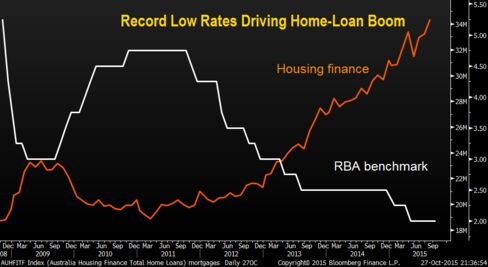One of the interesting aspects of the financial newsletter business is that an incorrect prediction of a market crash will probably drum-up a lot more new business than a correct prediction that there won’t be a crash. Hence, the never-ending popularity of crash-forecasting, despite the fact that such forecasts almost never pan out.
From the perspective of a newsletter writer or any other commentator on the financial markets, the best thing about forecasting a crash is the massively asymmetric reward-risk associated with it. If the market doesn’t crash this year, when it was supposed to according to your original forecast, then you can just say that the event has been delayed and will happen next year instead. You don’t have much to lose because people will soon forget the failed prediction and focus on the next prediction. And if it doesn’t happen next year, then just repeat the process because eventually the market will crash and your amazing prescience will be there for all to see. Furthermore, after you correctly predict a crash there will be thousands of people eager to find out your next big prediction and buy your newsletter/book. In other words, from the forecaster’s perspective the downside of making an incorrect crash forecast is trivial compared to the upside of making a correct crash forecast.
The point is that regardless of how many times you forecast a crash that never happens, you will only have to get lucky once and you will be set for life. From then on you can promote yourself, and be introduced in interviews, as the person who predicted the great crash of XXXX (insert year). From then on a large herd of ‘investors’ will hang on your every word and rush to buy your advice whenever your next big forecast hits the wires.
Having seen how the process works, I’m officially entering the crash forecasting business. My inaugural forecast is for the US stock market to crash during September-October of 2016.
My forecast isn’t a completely random guess, for four reasons. First, stock-market crashes have a habit of occurring in September-October. Second, the two most likely times for the stock market to crash are during the two months following a bull market peak and in the year after a bull market peak (that is, roughly a year into a new bear market). The 1929 and 1987 crashes are examples of the former, while the 1974 and 2008 crashes are examples of the latter. The current situation is that either 1) a bear market began a few months ago, in which case the opportunity to crash during the two months following the bull market peak was missed and the next opportunity will arrive during the second half of 2016, or 2) the bull market is intact, in which case a major peak is likely during the second half of next year. Third, market valuation is high enough to support an unusually-large price decline. Fourth, interest rates are likely to have an upward bias over the next 12 months.
A few months from now a lot of commentators on the financial markets will be forecasting a crash for September-October 2016. If/when the crash happens, remember that you read about it here first and be ready to pay a much higher price (higher than zero, that is) for my next big prediction.
 Print This Post
Print This Post





